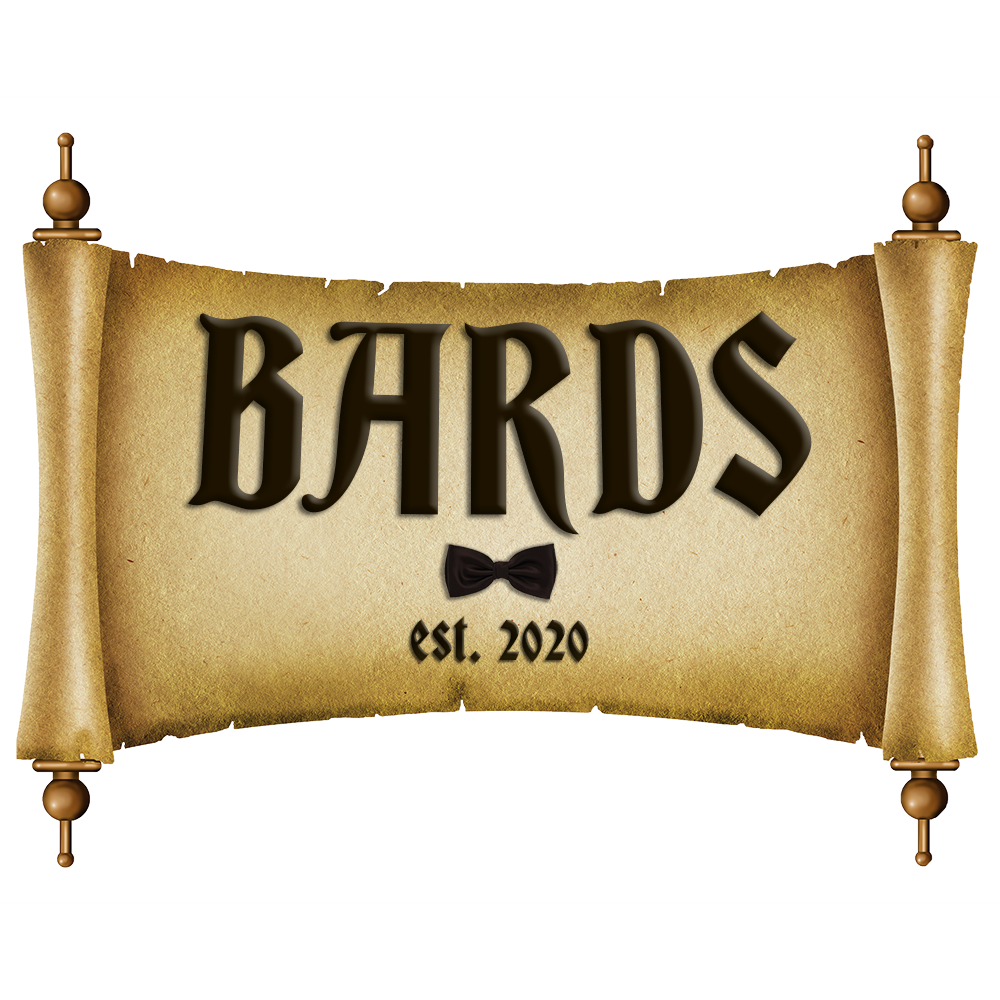From Trade Shows to Tailored Stories: How the Buying Process Shaped Bards Clothing
When I first stepped into the world of niche retail, one of the most transformative experiences wasn’t just the products on the shelves, it was how they got there. Twice a year, I’d travel with the owners of a small mom-and-pop shop to trade shows across New England. In between those trips, sales reps would swing by the store, rolling in racks and catalogs, pitching next season’s best bets. What I walked into on those buying trips was more than shopping, it was an ecosystem. Mills, brands, factories, reps, and retailers all working in tandem to bring garments to life and to market.
To set the stage of this journey, I’m going to take you to: the MAGIC show at the Javits Center in NYC. Picture it, thousands of buyers, hundreds of brands, all showcasing pieces that won’t hit shelves for another 6–8 months. In the Summer of 2025, you’re shopping for Spring/Summer 2026. The halls are buzzing with energy. Every booth is a mini stage. You sit down with a knitwear brand like Raffi, catch up about life, family, weather, industry gossip, then dive into 45 sample pieces in 10 colorways each. You narrow it down: five styles, one perfect color, and the right sizes for your clientele. Rinse and repeat with shirts, pants, outerwear, accessories. By the end of the day, you've seen 50 brands, made 30 calculated bets, and built a seasonal collection with only your gut, your notes, and your sense of style to guide you.
That’s what most people don’t realize: when you walk into a boutique, you’re walking into someone’s taste. That top on the rack in your size? It’s there because the owner believed you’d love it, and risked their livelihood on that belief. Behind the scenes, this process is deeply personal and highly strategic. It’s not just what looks good. It’s what sells, what pairs well, what will still feel fresh six months from now.
At that same shop, while 80% of our business was built on that wholesale dance, I led the other 20%, custom clothing. No trade shows, no reps. Just fabric books and a client sitting across from me. We still chatted about family, the weather, what they needed the clothes for, but the game changed. It wasn’t “what fits the largest niche?” It became “what fits you?” The process felt like a private version of those trade shows, tailored to the individual. And I loved that.
So when I started Bards Clothing, I knew what I wanted to build: a direct line to the source. No guesswork, no middlemen. You sit down with me, and we craft something from scratch, your taste, your body, your story. I still make a few decisions: which mills to carry (out of 30+ global names, I stock six), which factories we partner with (all operating here in America), and how to help you navigate hundreds of swatches without overwhelm.
That’s the model. That’s the mission. And next week, I’ll share how I chose those six fabric houses, and why they matter.






